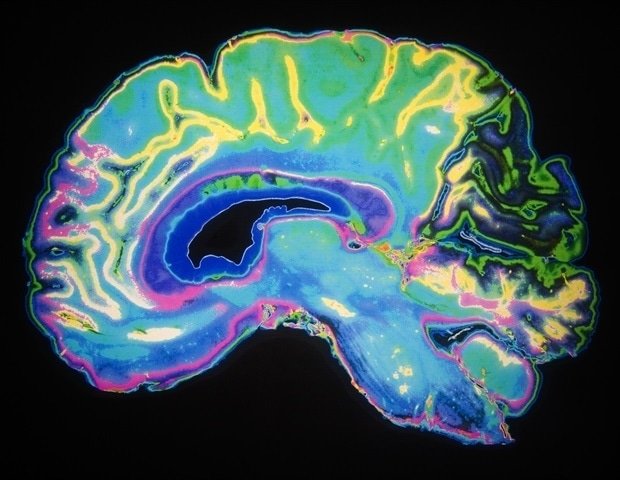When biomedical researchers need to test their latest ideas, they often turn to engineered human tissue that mimics the responses in our bodies. It has been an important intermediate step before human clinical trials.
One limiting factor: Cells need blood circulation to survive, and achieving this can be difficult in 3D cell structures. Without proper vascular systems—even primitive ones—engineered tissue faces limited size and functionality, even developing necrotic areas of dead cells.
New research from Binghamton University’s Thomas J. Watson College of Engineering and Applied Science offers a possible solution to the problem. In a recently published journal article Biomedical Materialsassistant professors Ying Wang and Yingge Zhou show how the latest nanofabrication techniques can create a better artificial vasculature.
Also part of the research team were PhD students Xianyang Li, Sadia Khan and Yan Chen. Liyuan Wang ’23; and postdoctoral researcher Xiang Fang.
“Our vascular system has different hierarchies,” said Ying Wang, a faculty member in the Department of Biomedical Engineering. “We have larger ones, like our aorta or veins, and smaller arteries for different functions. We can 3D print the larger ones, and for the smaller ones we rely on spontaneous self-assembly to organize them. However, we are trying to create some biomaterials so that we can adjust the size to make it bigger or smaller.
In his previous research, Zhou – from the School of Systems Science and Industrial Engineering – has built three-dimensional scaffolds on a microscopic scale.
The Binghamton team fabricated microtubes from two inert compounds often used in biomedical devices: polyethylene oxide (PEO) and polystyrene (PS). Electrospinning, a manufacturing technique that uses a strong electric field to form extremely fine fibers, was necessary to create something on this small scale.
“The microtubule is 1 to 10 microns,” Zhou said. (A micro is one millionth of a meter; the average human hair is 70-100 microns.) “It’s difficult for a 3D printer to print with this kind of resolution, so we used electrospinning to make compact microtubes. Then we dissolved the cores to make them hollow tubes, and used ultrasonic vibration to break them up so much. We made tissue.”
Fibrous tubes were embedded in a composite hydrogel that was part of the tissue growth medium. Using fluorescent microbeads, the researchers monitored blood flow in the engineered tissue and found that the tubes improved blood distribution, providing the nutrition and oxygen cells need to stay alive.
Looking ahead, they would like to investigate how the dimensions and shape of the microtubules affect vascular outcomes and how the structures can be tuned for specific tissue engineering needs. They also want to develop more organ-specific microvasculature, such as the blood-brain barrier that separates the circulatory system from brain tissue. Understanding this barrier is essential for the treatment of tumors or neurodegenerative diseases.
“We want to bring the physiological relevance of these engineered tissues closer to our body,” Wang said. “If we perfect this technology, we can assemble not just one organ but multiple organs as a living system based on human cells.”
Source:
Journal Reference:
Li, X., et al. (2025). Engineering composite hydrogels embedded in polystyrene microtubes for coordinated vascular morphogenesis. Biomedical Materials. doi.org/10.1088/1748-605x/adebd0
